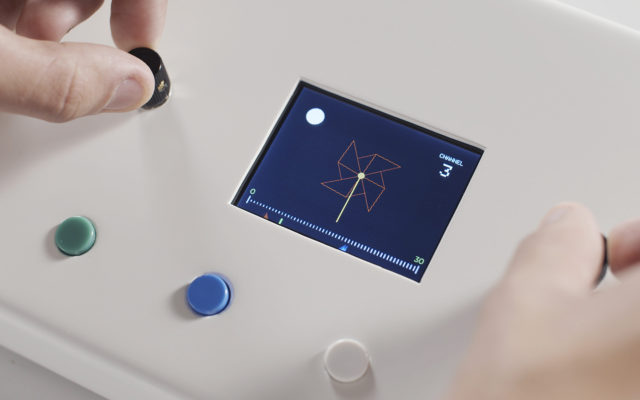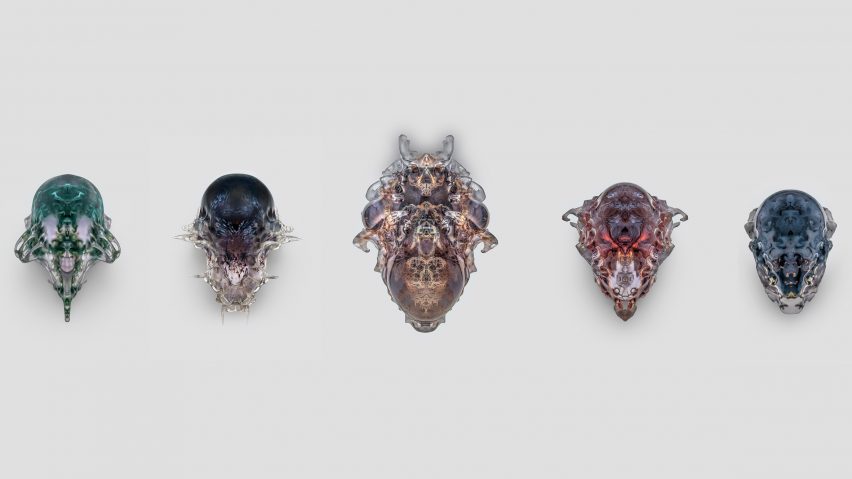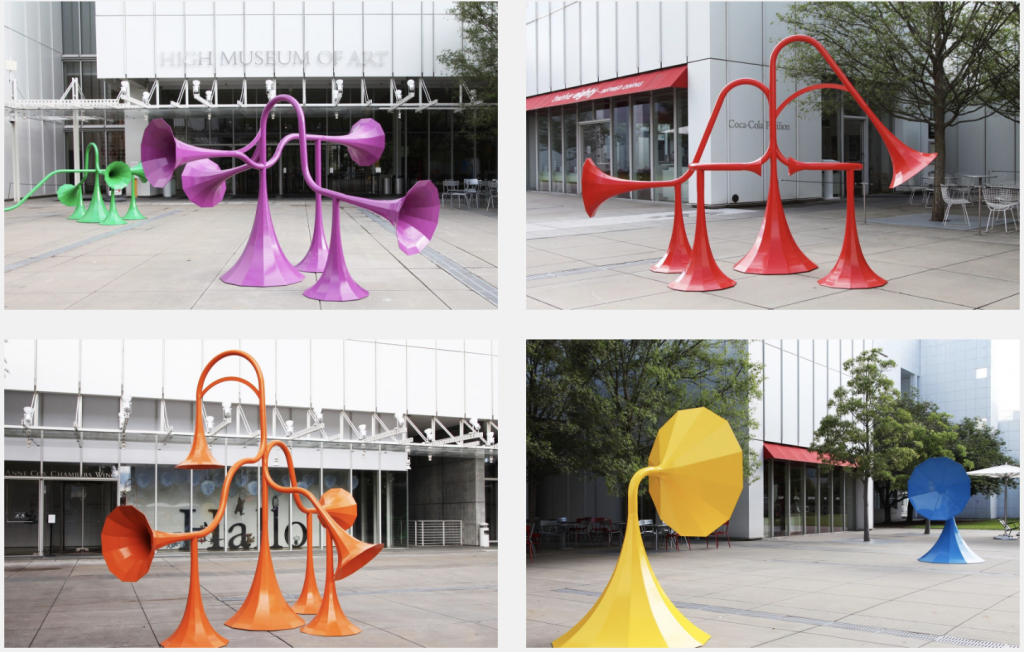jasminedrawing
//Jasmine Lee
//Section C
//jasmine4@andrew.cmu.edu
//Project-03 (Dynamic Drawing)
var r = 10;
var g = 100;
var b = 50;
var angle = 0;
var sizeX = 10;
var sizeY = 15;
var circlesize = 80;
function setup() {
createCanvas(640, 480);
}
function draw() {
//change background color
background(r + mouseX , g + mouseY, b);
noStroke();
if (mouseX > width / 2) {
rectMode(CENTER)
}
push();
translate(width / 2, height / 2);
rotate(radians(angle));
//rectangle
fill(r + mouseX - mouseY, g + mouseX, b + mouseY)
rect(mouseX, mouseY, sizeX, sizeY);
rect(mouseX + 5, mouseY + 2, sizeX + 2, sizeY + 2);
rect(mouseY - 100, mouseX - 220, sizeX, sizeY)
rect (mouseY - 150, mouseX - 130, sizeX - 30, sizeY - 30);
//rectangleset2
fill(r - mouseX + mouseY, g - mouseX, b - mouseY)
rect(mouseX + 50, mouseY - 50, sizeX / 2, sizeY / 2);
rect(mouseX - 50, mouseY - 60, sizeX / 3, sizeY / 3);
rect(mouseY - 100, mouseX - 220, sizeX / 4, sizeY / 5);
rect(mouseX - 150, mouseY - 130, sizeX - 30, sizeY - 30);
//rectangleset3
fill(r - mouseX + mouseY, g - mouseX, b - mouseY)
rect(mouseX / 2, mouseY / 2, sizeX / 2, sizeY / 2);
rect(mouseY / 5, mouseX /5, sizeX + 100, sizeY - 100);
rect(mouseX, mouseY, sizeY, sizeX);
rect(mouseX - 150, mouseY - 130, sizeX - 30, sizeY - 30);
pop();
//constraining size of the ellipses
var m = max(min(mouseX, 640), 0);
var size = m * 350.0 / 640.0;
//ellipse 1
fill(r + mouseX / 2, g + mouseX / 2, b + mouseX / 2);
ellipse(width / 2, height / 2, size, size);
//ellipse 2
fill(r + mouseX / 2, g + mouseX / 2, b + mouseX);
ellipse(width / 2, height / 2, size * 0.9 , size * 0.9);
//ellipse 3
fill(r + mouseX, g + mouseX / 2, b + mouseX / 2);
ellipse(width / 2, height / 2, size * 0.7 , size * 0.7);
//ellipse 4
fill(r + mouseX / 2, g + mouseX, b + mouseX / 2);
ellipse(width / 2, height / 2, size * 0.5 , size * 0.5);
angle = angle + 0.5;
sizeX = width - (0.5 * mouseX);
sizeY = height - (0.5 * mouseY);
}
I was inspired to create this dynamic drawing by the animations that show music beats. I tried to convey a bright, energetic atmosphere by using different variations of colors and undulating shapes.
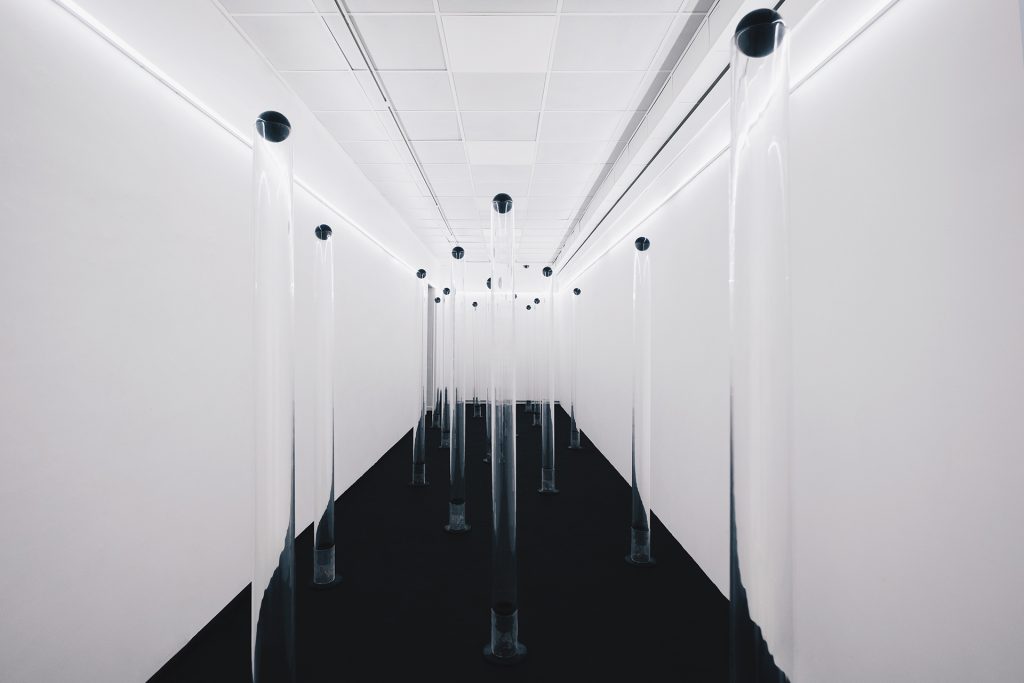
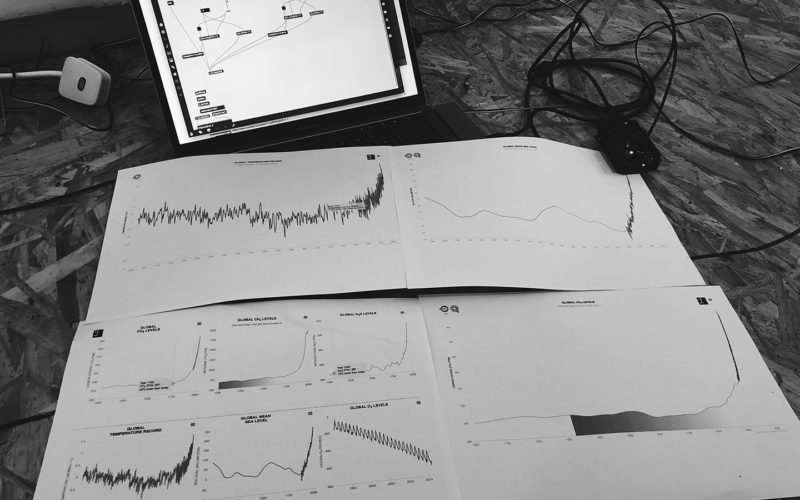
![[OLD FALL 2019] 15-104 • Introduction to Computing for Creative Practice](../../../../wp-content/uploads/2020/08/stop-banner.png)
